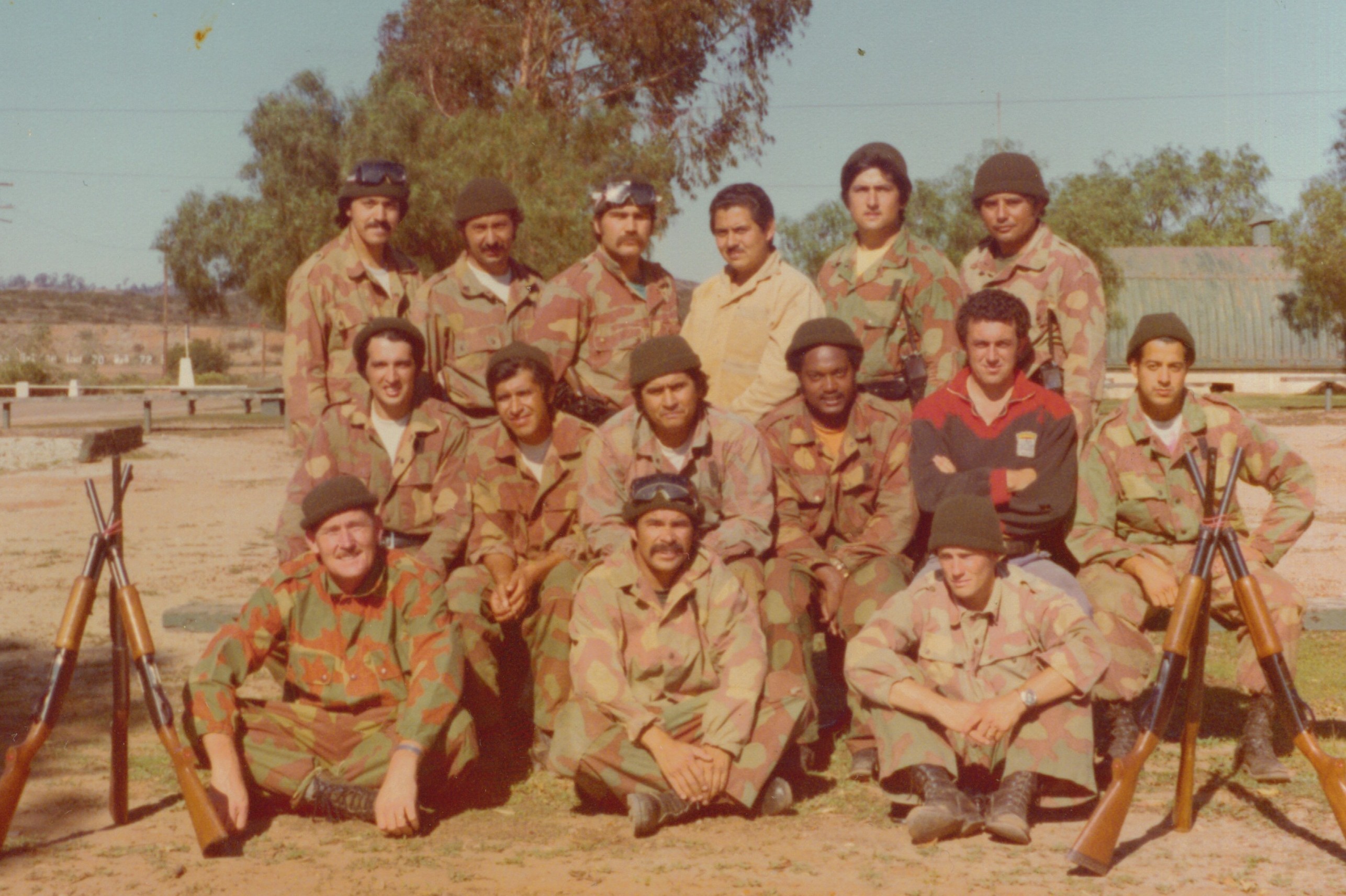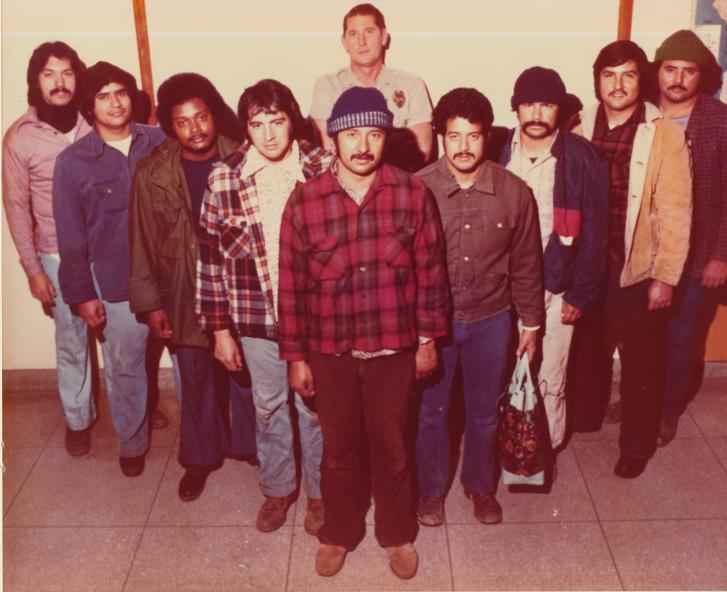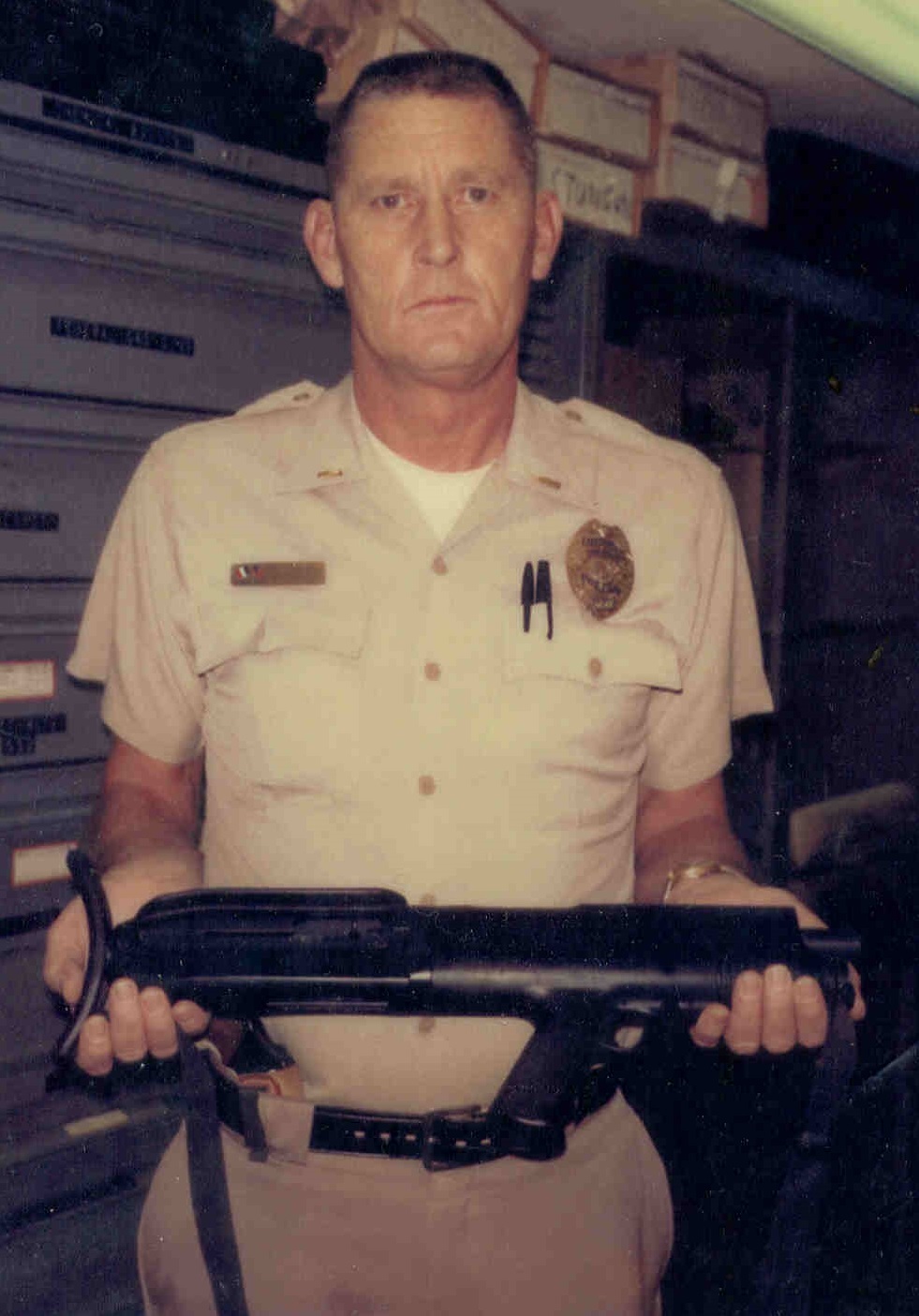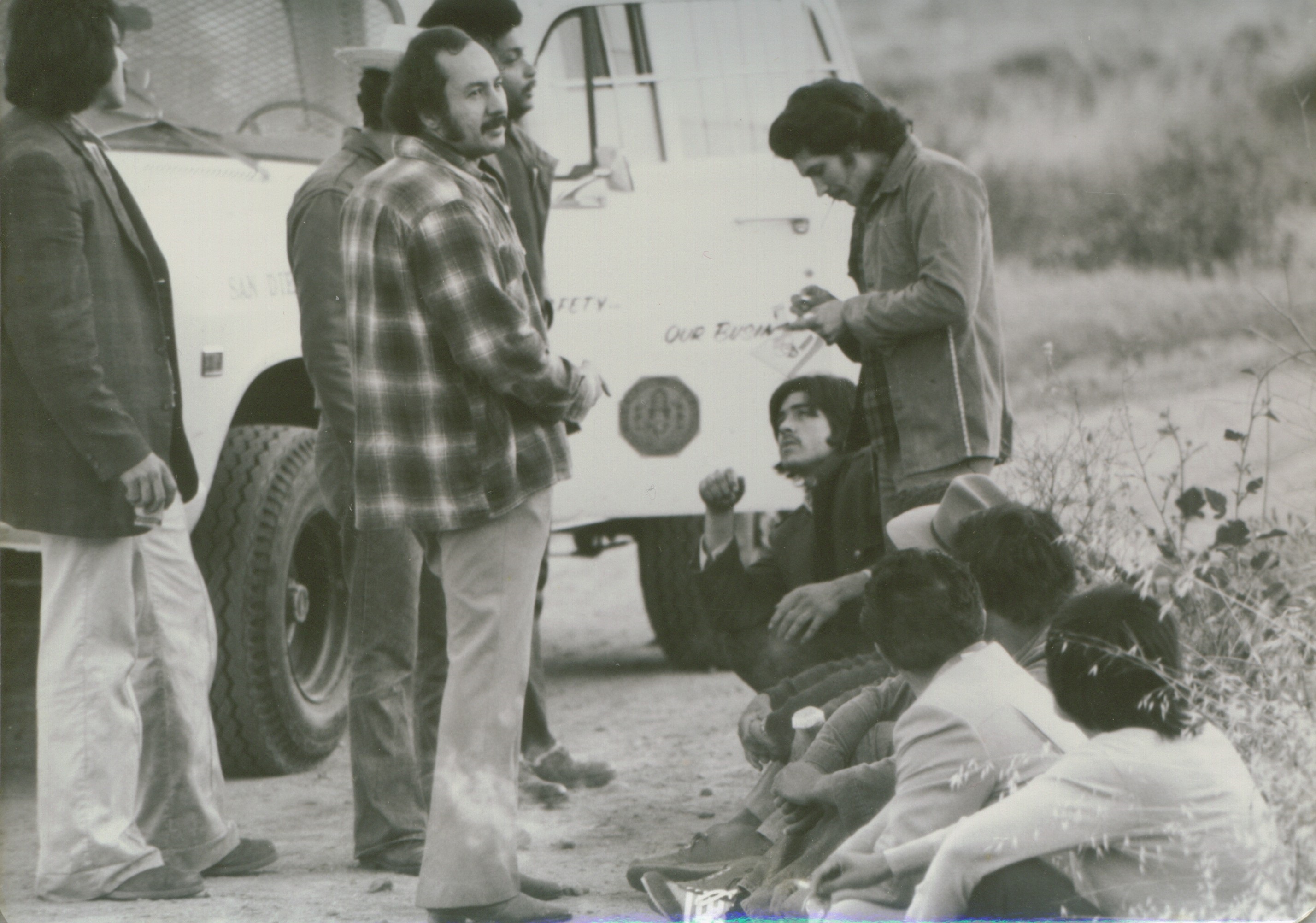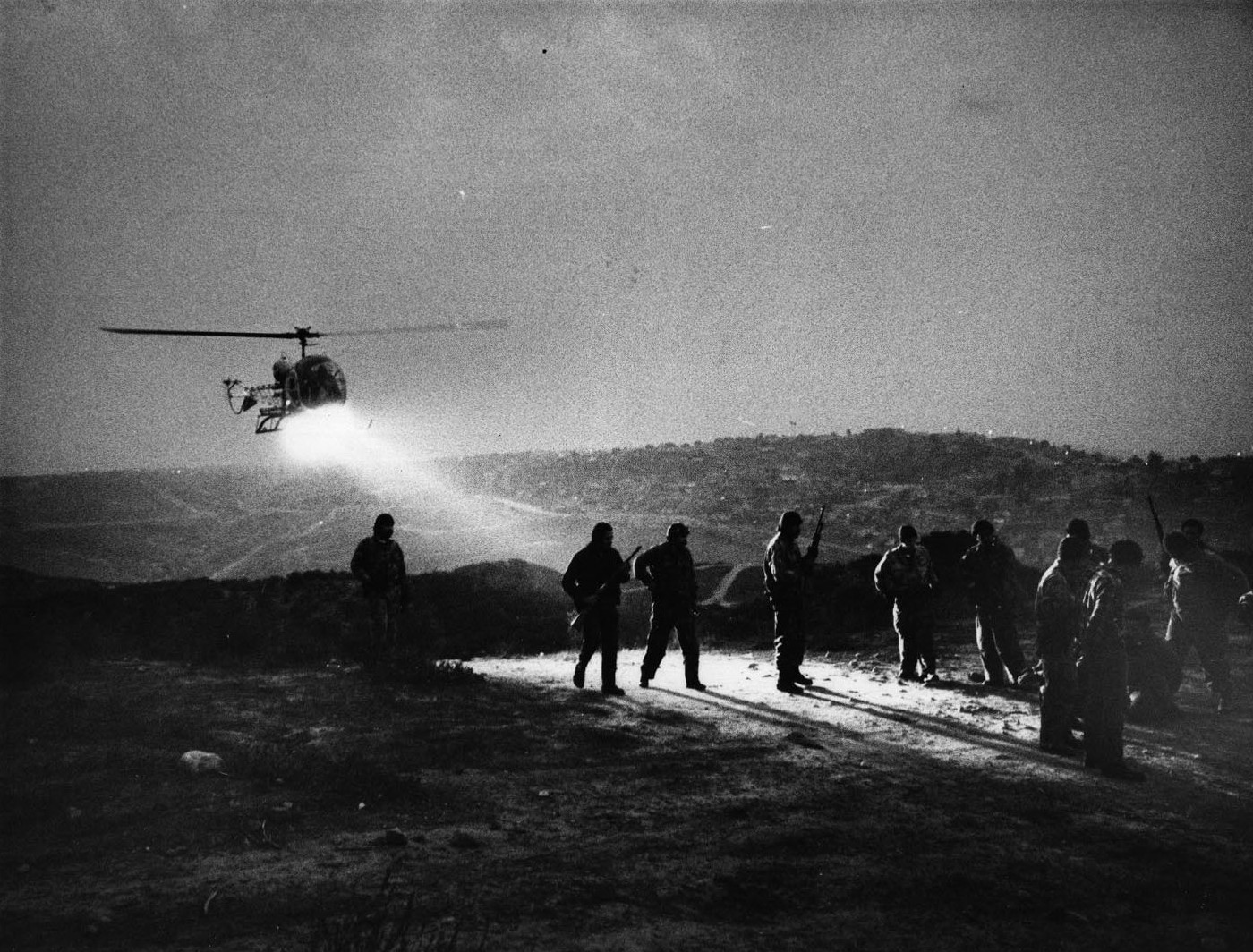THE ISSUE: Each night, thousands of immigrants streamed north, illegally crossing the US/Mexican border through a venerable no man’s land of dark, rugged canyons. Navigating a rattlesnake infested path of hope toward a better life in the City of San Diego and beyond, many found rape, robbery and death at the merciless hands of bandit gangs that roamed the desolate chasm preying on the desperate, impoverished migrants.
For decades, first as a United States Border Patrolman, then as a San Diego Police Officer, Lieutenant Burl R. "Dick" Snider watched it all unfold. By 1976, as more and more reports of rape, mayhem and murder emerged from the canyons, Snider knew he had to end the bloodshed.
It wasn’t an easy sell. Despite the need, no one had ever sent a group of officers, dressed as potential victims themselves, directly into such a danger zone. Chief of Police William B. Kolender ultimately approved the Border Alien Robbery Force, or BARF, to pose as illegal migrants and traverse the canyons to flush out the bandit thugs.
The result became the most dangerous task force in the history of the San Diego Police Department. As it unfolded, the media hailed them as heroes. Others denounced them as lawless renegades. By the time it ended a year and a half later the men had survived counless nights immersed in a violent blackness along an desolate international border. They'd later come to understand another boundary line--a fragile line within each man and crossing it meant destroying their sanity and their lives.
Author Joseph Wambaugh chronicled the task force with his 1984 best seller, Lines and Shadows - a work the Chicago Sun-Times described as "A saga of courage, craziness, brutality and humor . . . . One of his best books, comparable to "The Onion Field" for storytelling and revelatory power."
Here are the men who lived it.
Back: Lieutenant Burl Snider L-R. Officers Ernie Salgado, Carlos Chacon, Rob Hurt, Joe Castillo, Sergeant Manny Lopez, Officers Eddie Cervantes, Tony Puente,
Rene Camacho, Fred Gil
Originally eight officers were picked for the team to be led by 29-year-old sergeant Manny Lopez. The Border Alien Robbery Force or BARF, the team began walking the streets of San Ysidro posing as vulnerable illegal aliens. The team made several arrests shortly after their formation, however word quickly spread these “Illegals” were actually cops and not the easy targets they appeared to be. Street robberies dropped dramatically but it did nothing to curb the number of violent crimes occurring in the no mans land of the canyons separating San Diego and Tijuana.
To fight the bandits in the canyons, the cops would have to go in after them. The team began walking the canyons at night to act as decoys. In a little more than one year of existence, the BARF team was involved in more episodes of violence and shootings than any other police task force in San Diego history. And while several SDPD officers were shot, incredibly none were killed. The same could not be said for the bandits who had foolishly pulled guns or other weapons on what they saw as poor defenseless migrants.
In 1978 the BARF team was disbanded. It had become simply too dangerous to continue. The officers were sent to other assignments. Manny Lopez later left the department saying he found routine police work boring. “I had seen and done it all. What else was there?” Lopez later commented.
In the ensuing months robberies and murders again came back to the canyons, but it would be several years before the department formally went back into the canyons to assist the US Border Patrol in stopping it.
In 1984 the department and US Border Patrol formally created a joint task force of officers and agents to patrol the canyons in small teams and in uniform. Today the canyons are protected a variety of ways including; special lighting, additional Border Patrol agents and a large fence restricting access into the United States. The SDPD also fields a team of officers to this very unique and challenging police beat.
Lt. Snider with an automatic shotgun. While well intended, the hard to conceal weapon frequently jammed and proved woefully inadequate for the team’s unique needs.
Close quarter firearms expertise saved the life of more than one member of BARF
Some of the bandits were barely teenagers themselves.
FOXTROT, the helicopter of the United States Border Patrol provides illumination and cover over the
rugged, unforgiving terrain that defined the BARF team
OCTOBER 14, 1976
NEW POLICE TEAM
10 Stalk Bandits At Border
By Vi Murphy, Mexico Special Writer, The San Diego Union
Sgt. Jesus Manuel (Manny) Lopez, 29 — the kid who cried for a policeman’s uniform when he was 3 years old — got his badge when he was 21.
This week, ability, experience and eight years of dedication to his work earned him one of the most unusual, dangerous and demanding duties ever assigned to an officer in the San Diego Police Department — that of leader of a newly-created border task force which went into action last Sunday for a 60-day trial period.
Nightly, Lopez and his hand-picked, nine-man team play a deadly game of hide-and-seek with bandits lurking in the dark, isolated canyons north of the Mexican border.
They turn themselves into human bait for robbers, rapist and sadists who torture and beat their victims for pleasure and sometimes kill them.
Meet Rattlesnakes, Tarantulas
On forays into the canyons they have encountered rattlesnakes they cannot kill for fear of revealing their position, and tarantulas they pray will crawl off their bodies quickly.
The assignment given Manny Lopez and his nine Mexican-American officers from the San Diego Police Department is to flush out the border bandits preying on illegal aliens north of the border and bring them to justice.
Their job is to eliminate, so far as is possible, the savage assaults that have increased sharply during the past two years in the dark river bottoms, the isolated canyons and remote arroyos along an 18-mile stretch of border reaching from the Pacific Ocean inland to the fort of the San Jacinto Mountains.
They shift the location of their operation constantly so bandits never know where they will be encountered next.
“This is not to say our job is to guarantee free passage for illegal aliens,” said Lopez. “The U.S. Border Patrol units are conducting an intensive apprehension campaign while we battle the crime scene.
“But these people are human beings. They are entitled to the same protection in this country as any other human being. To a lot of us that is what the United States is all about — concern for human beings.
“What criminals from both sides of the border are doing to the aliens, who are helpless against them, is almost beyond description in may cases.
“Most people couldn’t bear to see the wounds of some of these victims or stand to hear them tell about what happened to them.
End Brutal Operations
“The detail of our border task force is to find these bandits and end their brutal operations.
“We all volunteered for the task force detail. Some of us begged to be a part of it and I hand picked every man on the team.”
The job being done by Lopez and his team, who do not want their names revealed because much of their work is undercover, could not have been done by many men in the Police Department.
Of 1,072 officers on the police force, Lopez had 59 Mexican-American officers from which to pick his crew.
He screened each man for personality, ability to work as part of team, initiative, ability to follow orders instantly and without question and for facility in Spanish.
“I didn’t want officer who could just speak Spanish,” he said. “I wanted men who could speak the Spanish of Mexico, the street slang of Tijuana and the mixed Spanglish peculiar tot he border, the Mexican-American who could blend into a band of aliens with their kind of Spanish and as one of them.”
The task force eases down into the canyons at night as unobtrusively as possible, often in a commando-style belly crawl.
They quietly infiltrate the bands of aliens heading north.





